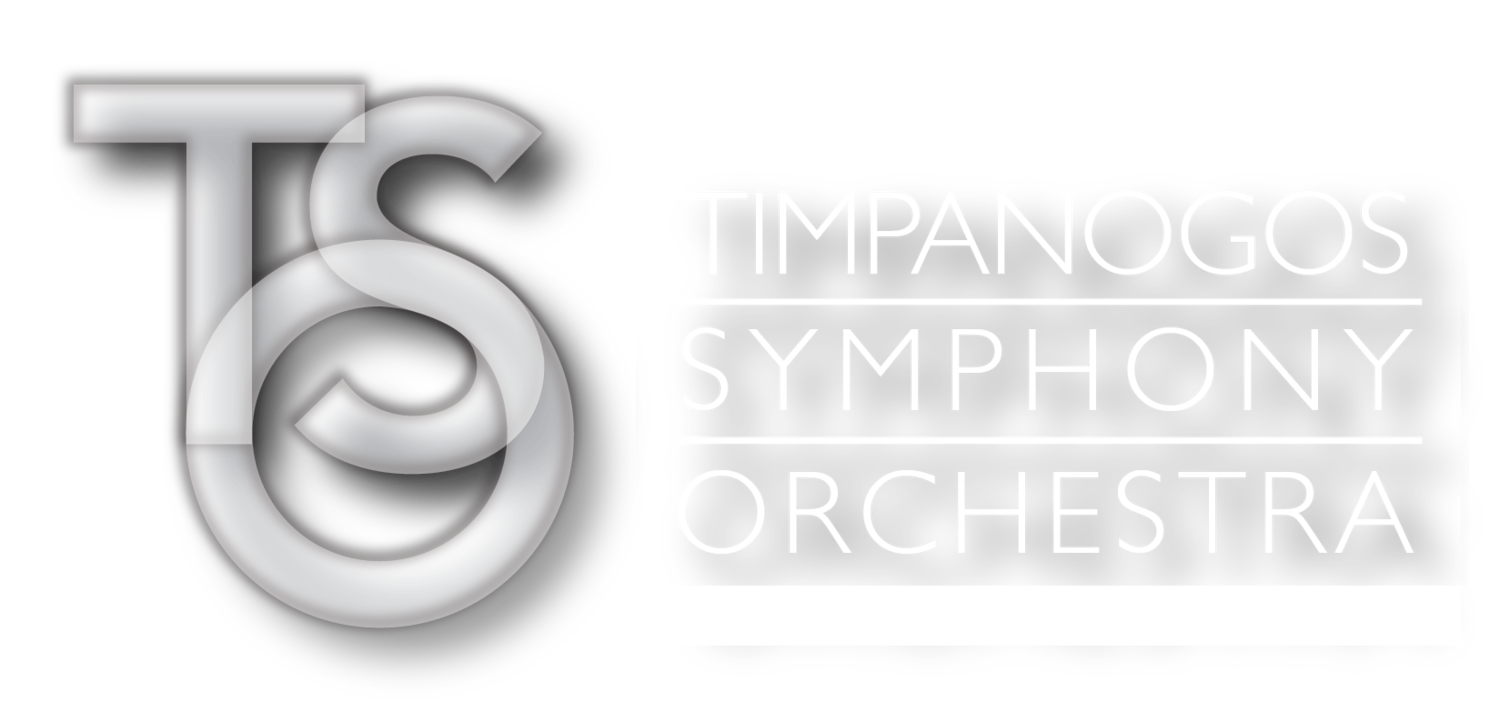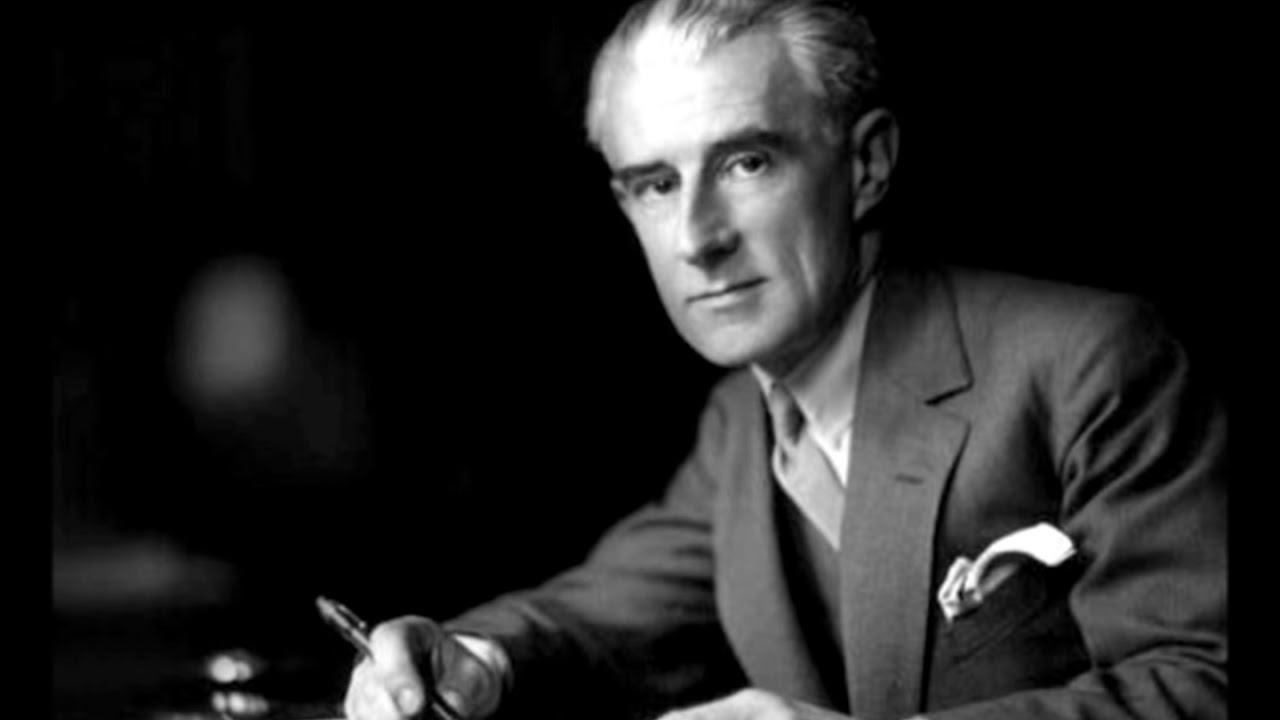A Finn a German and a Frenchman waltz into a concert hall...
What do Jean Sibelius, Johannes Brahms and Maurice Ravel have in common?
Not much, but they'll each be on our program tomorrow night.
As we make our way through Europe on our Magical Musical Tour, we'll make stops in Finland, France and the Hungarian quarter in Vienna, Austria.
Dr. Luke Howard tells us more about these 3 great composers and their works we'll perform this weekend.
=======
Finlandia, Op. 26 No. 7 - Jean Sibelius (1865-1957)
As “father of the Finnish nationalist movement” in music, Jean Sibelius defined for subsequent composers the sources and inspirations that have come to mark the Finnish style. During his years at the Helsinki Music Institute, where he studied from 1885 to 1889, Sibelius began to blend rigorous traditional forms with folk-inflected melodies. Later he discovered for himself the richness of Finnish literature, as well, and used it as inspiration in his music. Composed in 1899, Finlandia is an overtly nationalistic orchestral tone poem, originally written as part of a protest over Russian control of the country’s press. (Finland would not achieve independence from Russia until twenty years later, in 1917/18.) The majestic slow section would later be excerpted by Sibelius as the “Finlandia Hymn,” a beloved national song in Finland. With various versions of different words, it has also become a popular Christian hymn.
Hungarian Dance No. 1 - Johannes Brahms (1833-97)
Brahms was always rather fond of Hungarian folk music, and incorporated the exoticism of Hungarian folk themes and styles into many of his works. At least, they were the themes Brahms (and all his contemporaries) thought were authentically Hungarian! It wasn’t until the 20th century that scholars revealed the “real” Hungarian folk music was angular and dissonant, not the urbanized “gypsy-flavored” melodies that passed for Hungarian music throughout the 19th century. Some of Brahms’s most popular “Hungarian” compositions are the 21 Hungarian Dances, published in 1869 and 1880, and originally written for piano four-hands. Brahms himself later orchestrated the vigorous Hungarian Dance No. 1, in G minor.
Pavane for a Dead Princess - Maurice Ravel (1875-1937)
Though sometimes labeled an “impressionist,” along with his colleague/rival Claude Debussy, Ravel was always more classically inclined, and drawn to the archaic dance forms of earlier times. Stravinsky once called him a “Swiss watchmaker”—calculated, precise, a craftsman. One of Ravel’s very first compositions, originally conceived for the piano, was the Pavane for a Dead Princess, composed in 1899 while he was still a student at the Paris Conservatoire. He orchestrated the work in 1910. (Composing at the piano and then orchestrating was Ravel’s preferred process—he was one of the finest, most gifted orchestrators of his day!) The pavane was a courtly dance from the 16th and 17th centuries, but Ravel’s title is a little ambiguous. He never intended this gentle work to be some kind of macabre “dance of death” with swirling zombies, but rather a simple pavane as it might have been danced by a young princess who lived a long time ago (and who would therefore now be, naturally, deceased).
=======
Join us at 7:30pm at Timberline Middle School in Alpine.
We can't wait to see you tomorrow night!
Dr. Douglas Pew, Associate Conductor




